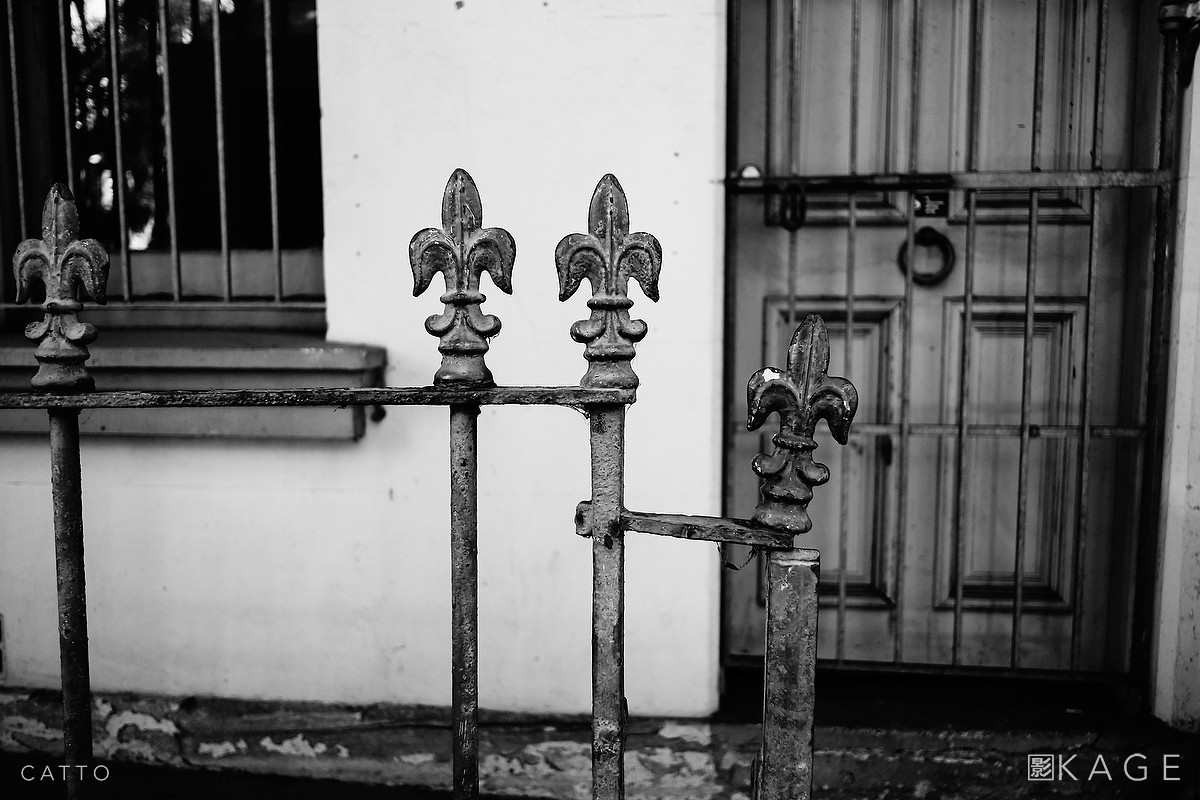BY ROBERT CATTO
“The home was advertised as
a dilapidated deceased estate
and an “exceedingly rare chance to possess
a property of unquestionable possibility”.
The Victorian terrace is completely uninhabitable,
and has “unmatched scope”
to overhaul and update the home.”
Like a lot of cities, the real estate market in Sydney's inner suburbs seems to live by its own rules.
The character of Surry Hills is changing rapidly. While a lot of the buildings are of a similar style, 100-year-old worker's cottages, their condition veers wildly, from run-down student share houses with tattered flags in the window, to million dollar renovations with sports cars and SUVs parked out front.
This was never more apparent than recently, when the home of Natalie Jean Wood was put up for sale, after she was found to have died in her bed - eight years previously - and never been reported missing, or checked on by family or friends, in that time.
As a neighbour, albeit a few blocks away, I was shocked - but also, I came to realise that I didn't actually know which house was hers, as there were six or eight other abandoned homes in the area that I guessed first.
In fact, hers was almost the least dilapidated of the possible options that sprang to my mind.
And it made me wonder - what's the threshold at which point someone would notice, if a neighbour just stopped showing up one day? When do we start to think 'hey, I wonder what happened to...?'
What's the bare minimum standard of participation in society, these days? What would you look for?
What constitutes proof of life?
The late Ms. Wood's home, like many others listed as 'uninhabitable' in the neighbourhood, sold for over a million Australian dollars.
It is unclear, from media reports, who the beneficiaries of the sale were.
“Ms Wood was last confirmed seen
in late December 2003,
when she went to fill in a prescription.
Her decomposed body was found
in the front bedroom of her home in 2011,
a month before her 87th birthday.”










